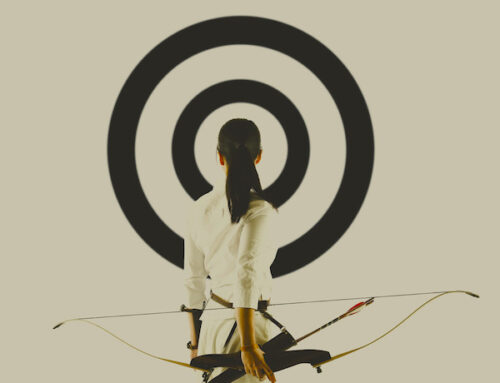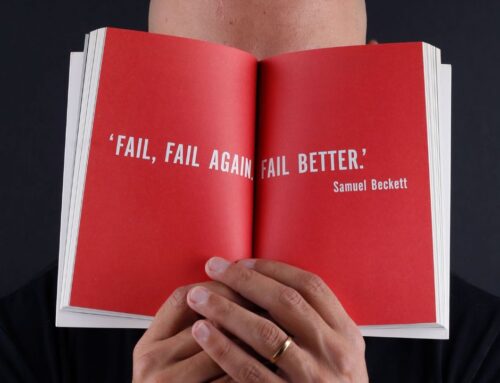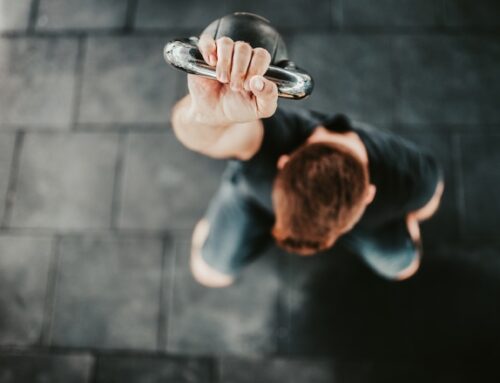So I saw that ‘Low Impact’ training is an up coming thing these days, apparently.
It’s the same old thing again isn’t it? There’s countless theories about where ‘training’ actually first originated. Is it primitive, and something wired into the how we work? Has it been something that’s just grown out of us over a long time? You take a look at ‘ancient tribes’ all over the globe, still running, because that’s how they catch food and become able to eat. Was lifting or moving a heavy thing a necessity? Surely it must have been at some point but this is lesser seen around the world. My favourite theory about lifting heavy weights is that it started as a bit of friendly competition in the back room of a pub, but that’s just because beer was no doubt involved, and that’s another article.
So, back to the low impact stuff? Its been around for years just like the meat free (fruit, veg and plant) stuff, the organic stuff, the cardio stuff you name it, its been around a while but just sold to us in different ways, and as such ‘Low Impact’ and the revolution that is fast becoming, is precisely that.
There are, (and have always been) many ways of ‘Low Impact’ training. I’m going to define low impact as exercise where there is little ‘shock’ to the muscles that can cause discomfort, pain, fatigue or all of the above. For instance, if we were to jump from the kerb, into the road (and some people are stupid enough to) and landed on one foot, there would be a shock reaction up one leg. If we land on both, the shock would be distributed through both legs, reducing the shock reaction felt by the joints and connective tissue in each leg and as a result, making the exercise safer, less damaging and more comfortable to execute.
I don’t really understand why ‘Low Impact’ is becoming the new revolution, it’s something we’ve been doing for a very long time. As a nation, we’re generally very lazy! We’re the type of species that likes to walk and meander up and down the shop aisles, but make huge effort to get parked as close to the supermarket door as possible. I’ve even seen this behaviour at the gym! How can you get any lesser impact than doing as little as possible? We’re back to the same old thing and that is how ‘Low impact’ training looks like to us, or at least how its made to look, how it is packaged up and passed on to the consumer that makes or breaks it as a concept. Kettlebells, Dumbbells, Barbells, Rowing Machines, Skiing Machines, Static Bicycles, Swiss Balls, BOSU, Suspension Trainers the list goes on, some old, some new but in actual fact the list I’ve just very quickly made all offer the ability to perform ZERO impact training, so with this in mind are we now saying that zero impact is better for you than low impact? If low impact is better than high impact, and less is more then surely on the same argument zero must be most? I’m not convinced.
We’re living in a time where its easier to point the finger at a person or a company or institution, and treat the symptoms of our problems than it actually is to get to the root cause of the issue and resolve it for good! I’m of the mindset that we need everything in our training, because we encounter everything in our day to day. The only way you can become strong against something, is to expose yourself to something enough, so that your nervous system can identify it as a stress and figure out a way to become strong against it.
Too much high impact training in a short space of time can be damaging. If you’re used to high impact exercise, and you diverge away from it because of this new found revolution you run the risk of actually regressing, and becoming deconditioned, and actually becoming weaker and less fit than you may have been before. At Body Planners we always operate on an intensity basis. The more intense something is, or the more concentrated it is, the bouts of exposure are shorter, and sharper. If the exercise is more sedate and a little more relaxed, we would expose you to the exercise for longer periods of time, or more frequently. If you’ve read our piece on the FITT principles you’ll know exactly what I’m talking about here.
We always say a change is as good as the rest, and we know that everyone is different and their approach to training might be different to others despite having common goals. Low Impact training is a good place to start if you’re new to exercise or you’ve been injured and on the comeback. Low Impact training is also good for recovery which as you’re probably aware from our other waffles is the most overlooked component of structured training. Without recovery, we simply cannot adapt. If we don’t have any adaptation, we simply don’t achieve any results, we’re stuck fast, in a horrible place losing motivation and that in itself can be difficult to get out of.
For me this new take on Low Impact training is just another way of hamming up an active lifestyle for people who may be reluctant to travel outside of their comfort zone, and that’s ok but it isn’t the be all and end all that its being portrayed. Like I said above, its among the many training philosophies that has stood the test of time, but it isn’t for everyone, everywhere!
At Body Planners we work with individuals and small groups to help them find a way of training in which they find enjoyable yet challenging. We help our clients develop their mental approach to training, as well as their physical ability and the results speak for themselves.







 >
>

Leave a Reply